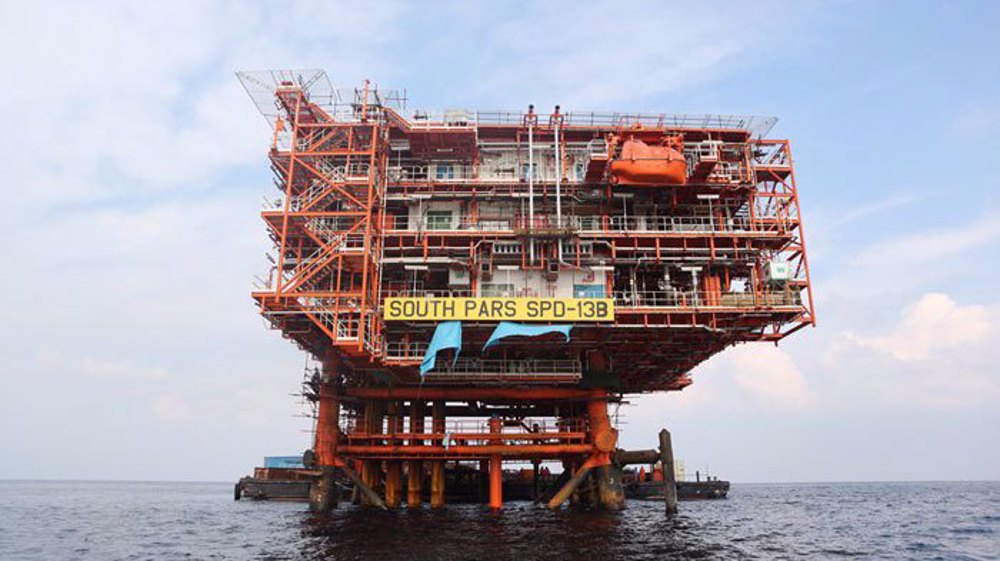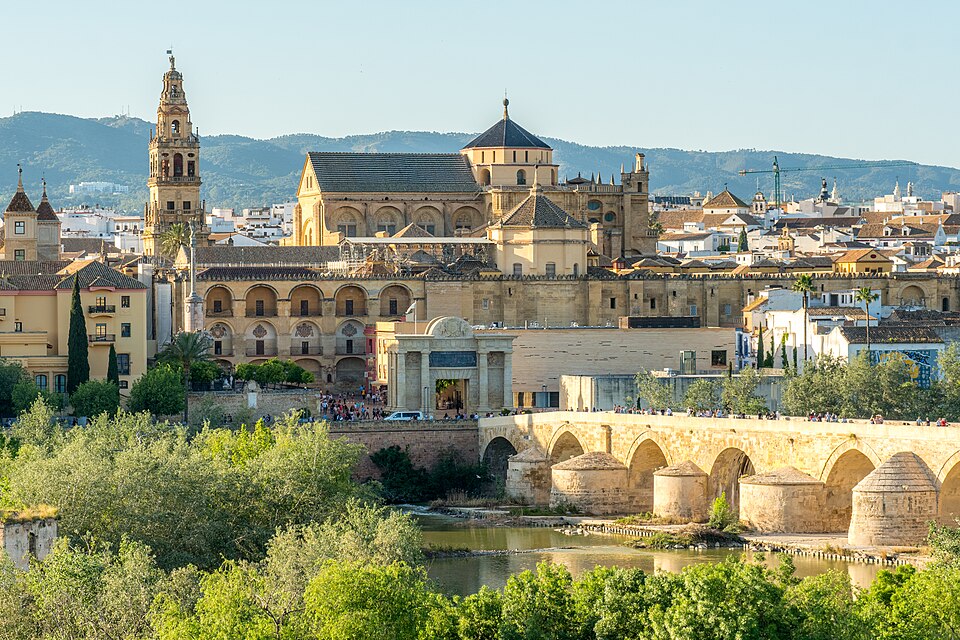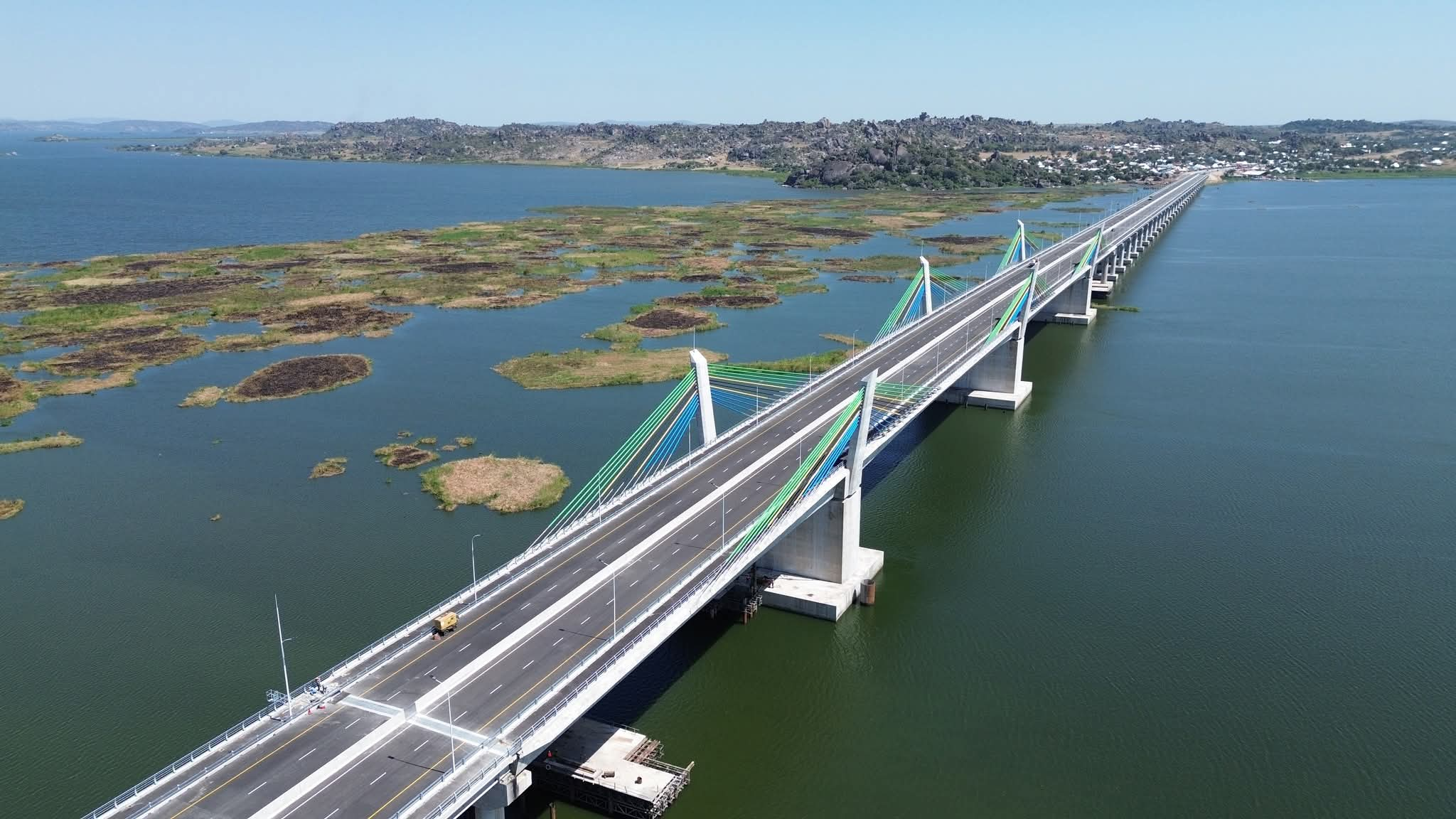LARGEST GAS FIELD: Meet the South Pars/North Dome

Did you know that the South Pars/North Dome field, a natural-gas condensate field located in the Persian Gulf, is by far the world's largest natural gas field with ownership shared between Iran and Qatar?
The South Pars/North Dome field covers an area of 9,700 square kilometres (3,700 sq mi), of which 3,700 square kilometres (1,400 sq mi) (South Pars) is in Iranian territorial waters and 6,000 square kilometres (2,300 sq mi) (North Dome) is in Qatari territorial waters. While South Pars/North Dome is the largest, other significant gas fields include the Urengoy gas field in Russia, which is the world's second-largest.
According to the International Energy Agency (IEA), the field holds an estimated 1,800 trillion cubic feet (51 trillion cubic metres) of in-situ natural gas and some 50 billion barrels (7.9 billion cubic metres) of natural gas condensates. On the list of natural gas fields it has almost as much recoverable reserves as all the other fields combined. It has significant geostrategic influence. The field is the world's biggest conventional hydrocarbon accumulation.
The field recoverable gas reserve is equivalent to some 215 billion barrels (34.2 billion cubic metres) of oil and it also holds about 16 billion barrels (2.5 billion cubic metres) of recoverable condensate corresponding of about 230 billion barrels (37 billion cubic metres) of oil equivalent recoverable hydrocarbons. The gas recovery factor of the field is about 70%, corresponding of about 1,260 trillion cubic feet (36×1012 m3) of total recoverable gas reserves which stands for about 19% of world recoverable gas reserves.
The estimates for the Iranian section are 500 trillion cubic feet (14×1012 m3) of natural gas in place and around 360 trillion cubic feet (10×1012 m3) of recoverable gas which stands for 36% of Iran's total proven gas reserves and 5.6% of the world's proven gas reserves. The estimates for the Qatari section are 900 trillion cubic feet (25×1012 m3) of recoverable gas which stands for almost 99% of Qatar's total proven gas reserves and 14% of the world's proven gas reserves.
However, since the field is a common field and the reservoir is highly homogenous, the ultimate recoverable reserves of each country may vary from this technical assessment which only considers the static data and does not include rate of gas migration. So, it is better to say that the ultimate recoverable reserves of each country would be a factor of cumulative gas production by each of them.
The Iranian section also holds 18 billion barrels (2.9 billion cubic metres) of condensate in place of which some 9 billion barrels (1.4 billion cubic metres) are believed to be recoverable, while Qatari section believed to contains some 30 billion barrels (4.8×109 m3) of condensate in place and at least some 10 billion barrels (1.6 billion cubic metres) of recoverable condensate.
The field is rich in liquids and yields approximately 40 barrels (6.4 m3) of condensate per 1 million cubic feet (28×103 m3) of gas. It has also very high level of well productivity which in average stands for 100 million cubic feet (2.8×106 m3) per day per well, while the average natural gas well productivity in Iran is 1.5 million cubic meters per day per well.
The South Pars gas field was discovered by the National Iranian Oil Company (NIOC) in 1990. With a daily production of more than 700 million cubic meters, South Pars provides 75% of Iran’s gas needs, which shows how important it is to the country’s energy security. However, the field which Iran shares with Qatar has entered the second half of its life cycle, where pressure drops by 7 atmospheres a year, resulting in a yearly decline of 10 billion cubic meters in production.
In 2005, QatarEnergy became worried the North Dome's reserves were being developed too quickly, which could reduce reservoir pressure and possibly damage its long-term production potential. In early 2005, the government placed a moratorium on additional development projects at the North Dome pending a study of the field's reservoirs. The 2005 moratorium by Qatar and the subsequent extension of that raised some questions about the actual proven reserves in Qatari side of the field.
There was some news in 2006 that ConocoPhillips drilled unexpectedly dry holes in the North Field and this event was at least a partial catalyst for a revamped perspective on the North field structure and potential. Further supporting evidence for skepticism about the real scale of Qatari's reserves came from the 2008 exploration round in Qatar to target exploration of gas in the pre-Khuff formation. Even one of the blocks is exactly located beneath the North Dome Field.
On 29 October 2007, Qatargas CEO Faisal Al Suwaidi stated that the 5-year moratorium on new North Field gas development projects, imposed in 2005, could be extended to 2011 or 2012. The exploration moratorium was lifted by Qatar in April 2017 with the announcement of a new gas project in the southern part of the field.
Photo: The Phase 13 platform of the South Pars gas field is installed in the Persian Gulf in this file photo.
SOURCES: Wikipedia | Press TV
#penglobalfactfile #gas


_1755775186.jpg)
